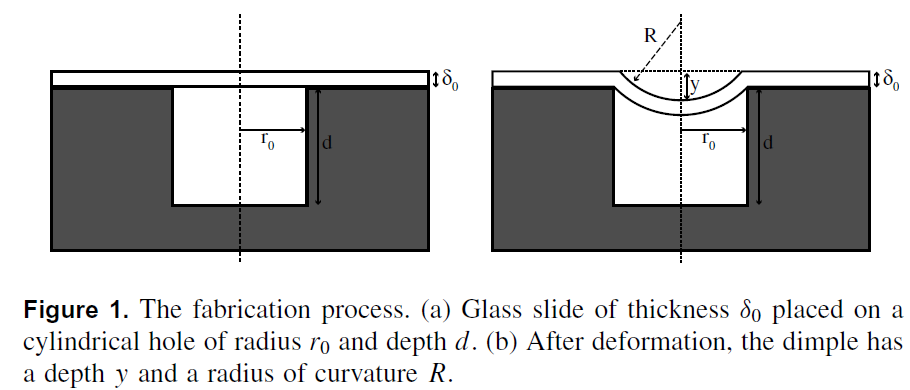Microtraps and Microoptics
Experiments both with neutral atoms and charged ions have to be scalable in order to be truly useful in the context of quantum computation and quantum information. Using microfabricated traps and microoptics might provide a means for doing so. Using these two techniques we are testing new ways of how to trap atoms and interface them with light.
In particular, we have developed a fabrication process to produce high quality mirrors with radius of curvature in the range of 0.5 to 5 mm and surface roughness of 0.3 nm.[1] With further advances in the high reflective dielectric coating of small radius substrates, we might produce optical cavities with small mode volume and extremely high coupling to an atom or ion for quantum information applications.

To read more about our recent and ongoing projects in this area, see the following:
Björn Hessmo's Cold Atom group is another group at CQT interested in microtraps and microoptics. In particular in the area of atom chips for neutral atoms we are pursuing research in close collaboration.
References:
- [1] Roy, A., Barrett, M.D., Fabrication of glass micro-cavities for cavity quantum electrodynamics experiments. Applied Physics Letters 99, 171112 (2011).
